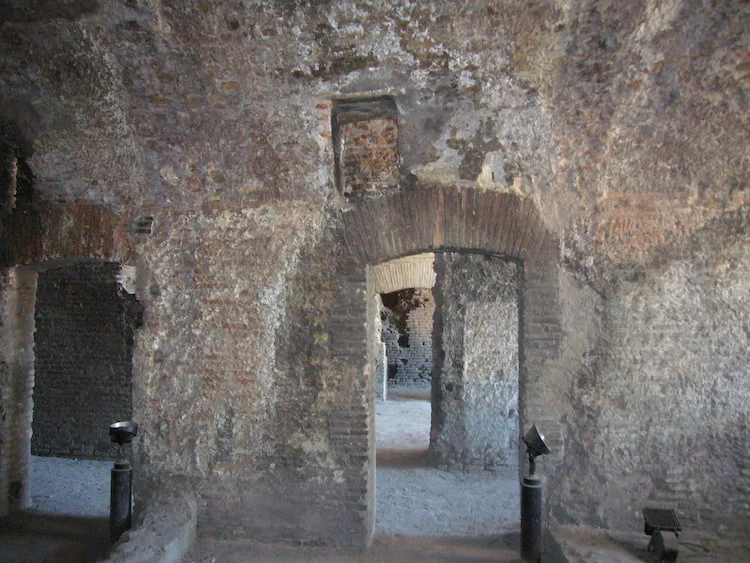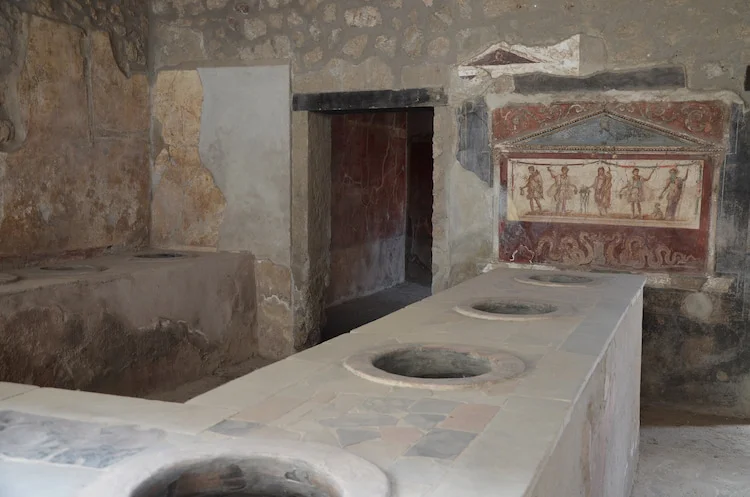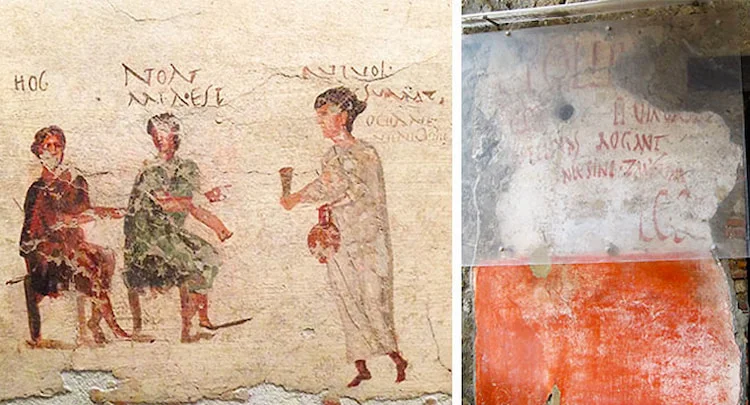Ancient Rome, known for its military prowess, political institutions, and engineering marvels, offers a glimpse into a bygone era. While remnants of grand structures showcase Roman civilization’s greatness, they fail to capture the essence of everyday life for ordinary Romans. Surprisingly, some aspects of ancient Roman life resonate with our modern daily experiences.
High Rise Flats and Apartments: Insulae, the Ancient Condos

Very few ruins remain of what we now call flats or apartment blocks, but to ancient Romans, these were insulae, meaning ‘islands.’ Built in timber, mud brick, and Roman concrete, these structures, like our modern flats, aimed to house citizens of varying wealth. However, they were prone to collapse, imposing height restrictions by emperors to ensure structural integrity. The Insula Felicles in Rome, at least 9 stories tall, and the surviving 5-story Insula dell’Ara Coeli, showcase the vertical living common in modern cities.
The ground floors housed shops, and first-floor apartments catered to the wealthier middle class. As you ascended, amenities decreased, reflecting an inverse of modern living. Narrow streets, surrounded by tall buildings and dark alleys, created a dynamic reminiscent of our urban landscapes.
Pubs and Bars: Popina, the Ancient Hangouts

In ancient Rome, popina served as bars for socializing, ranging from seedy dive bars to fancier wine bars. Frequented by the lower tiers of society, these spots were hubs for the poor, slaves, and foreigners. Reflecting both Roman bar humor and anti-establishment sentiments, the artwork on these establishments’ walls parallels modern bars. Despite limited food menus, including olives, bread, and stews, and a variety of wines, the essence of socializing in these spots echoes in today’s bars and pubs worldwide.
Fast Food: Thermopolium, the Ancient Fast-Food Joint

The thermopolium, an equivalent to Roman fast-food joints, was integral to city life, much like today. Frequented by poorer citizens without kitchens, they faced disdain from the upper classes. The design, with a counter along the street front, offering quick meals to passersby, mirrors the modern fast-food experience. These spots catered to those working long hours or lacking proper kitchen facilities, akin to our contemporary fast-food culture.
Conclusion
In exploring the parallels between ancient Roman life and modern city living, we discover a fascinating interplay of similarities and differences. The insulae, popina, and thermopolium showcase how urban routines and social dynamics transcend centuries. While Rome’s grandeur may define its historical significance, it’s the everyday aspects that connect us across millennia, highlighting the enduring threads of human experience.


